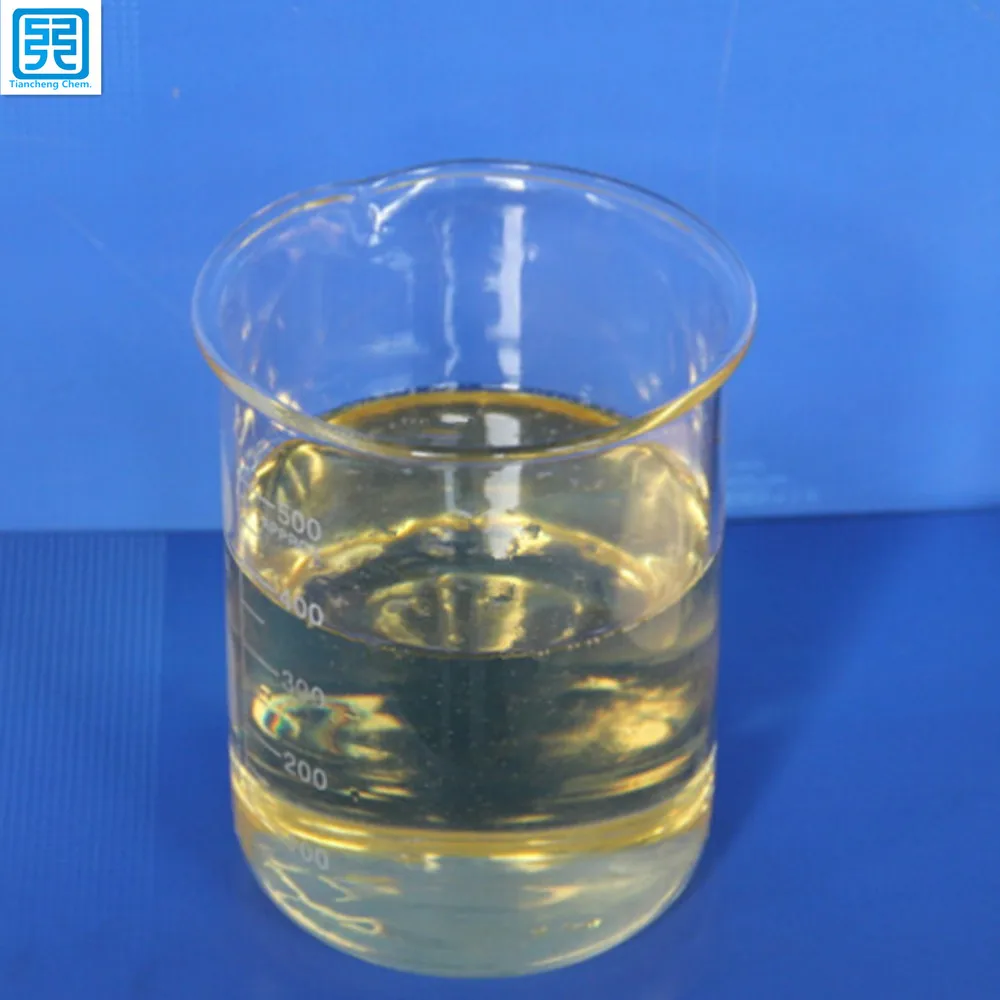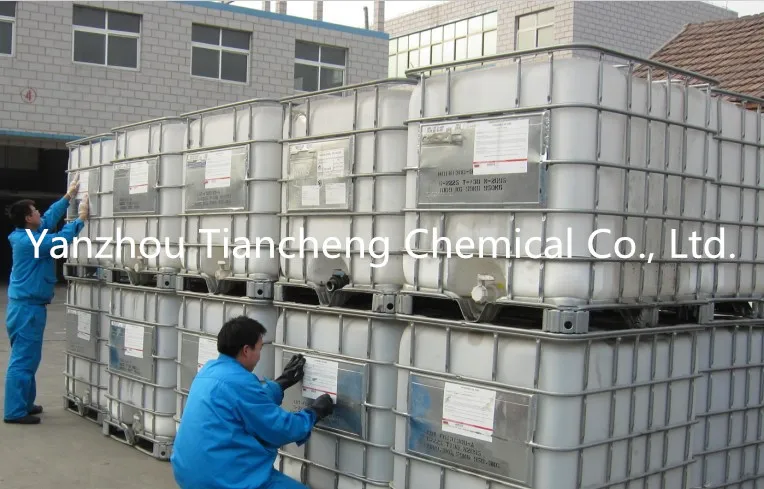Carrot greenhouses are sown in winter from December to early January, harvested from mid-April to early June, and can solve the supply problem of fresh carrots in the spring vegetable market [1]. By matching appropriate temperature and humidity control, strengthening water and fertilizer management, and timely controlling pests and diseases, the average yield is 52.5 t/hm2, and the appearance and taste of the carrots produced are all good. China Agricultural Net now summarizes the wintering and carrot cultivation techniques for greenhouses as follows.
1 Site preparation
Before composting, 30 t/hm2 of organic fertilizer, 750 kg/hm3 of compound fertilizer, 750 kg/hm2 of cake fertilizer were used as basal fertilizer, and mixed with appropriate insecticides. The ternary compound fertilizer 450 kg/hm2 was applied to the ridge line before ridging. Deep plowing the soil 30 cm, deep plowing 2 times, to ensure that the soil particles are fine, no agglomeration, ridging the site preparation, high ridge according to the north-south direction to open the ditch, the distance between the ridges is 50~55 cm, the ridge height is 20 cm, on the ridge 30~35 cm wide. Double row planting on high ridges.
2 Suitable sowing
The wintering and carrot cultivation in greenhouses should select cold-resistant, difficult-to-sweep, disease-resistant, high-yield, and good-quality varieties. The Dutch varieties NEWTON and NLAGARA performed well in the tested varieties. According to the test, the solar greenhouse was sown on December 22, and on December 29 the seedlings emerged. There were grasshoppers on the shed film to keep warm; ordinary greenhouses were planted on January 5, and they began to emerge on January 27, and there were no grasshoppers. Therefore, all plants can be sown in the greenhouse from December to early January. Double rows of high-row sowing, row spacing 20 ~ 25 cm, drilling 900,000 ~ 120 million / hm2. Open deeper sowing ditch, shallow sowing, cover fine soil, lightly step on the surface after sowing, irrigated with water, use herbicide pre-emergence herbicides to remove the EC 15% to 2 250 mL/hm2 or 50% prometryne WP. 1.5 kg/hm2 was applied before seeding and then covered with plastic film until emergence.
3 seedlings
The seedlings on the seedlings were cut in time when the seedlings were unearthed. The cultivation techniques of the cucumbers in the greenhouse were about 20 days after emergence, and 2 to 3 true leaves were selected for the seedlings. The fine weather was selected according to the triangle, the seedlings, and the seedlings. The spacing is 3~5 cm. When 4 to 5 leaflets were seedlings, the spacing between seedlings was 6~8 cm, and left seedlings were 450,000/hm2. When seedlings go to large seedlings and weak seedlings, too large seedlings may have bifurcated roots [2].
4 Environmental regulation
From December to January 15th, the temperature after sowing is low. In order to ensure the carrots are neat and tidy, we must pay attention to insulation. Do not let go of the wind before emergence, depending on the situation in the shed after emergence. In the morning when the air is released, determine the air release time according to the temperature. If the temperature in the shed is lower than 8 °C, the air release should be delayed and the air release time should not exceed 10 min. Before and after noon, when the temperature in the shed exceeds 28 °C, the air is released and the air release time is 20 to 30 min. On cloudy days, even if the temperature in the greenhouse does not reach 28 °C, appropriate air ventilation (delayed to afternoon) may be needed to reduce the humidity and reduce the occurrence of diseases. At the same time, carbon dioxide may be added to ensure the normal photosynthesis of the plants. After March 20th, it is necessary to gradually increase the amount of air release. On April 5th, we began to put side winds. After April 25, we released a large amount of wind. In the later stage, the temperature of the skirt is removed to increase the ventilation and cooling, and the top film is kept, which can prevent the rain from scouring and soaking. Select high-temperature insulation without dripping film, and regularly clean and brush the film surface to increase light transmittance. Overwintering greenhouse production should be cleaned every day after uncovering the shed film to remove debris on the shed film. The shed film should be cleaned every 15 days. In addition, in order to effectively improve the light reflectance, reflective film can also be placed on the back wall. Snowy weather must also be covered with grasshoppers to allow plants to receive scattered light, which is conducive to the cultivation of strong seedlings.
5 Water Management
The fleshy root enters the rapid expansion period and requires sufficient supply of fertilizer. Nitrogen, phosphorus, and potassium ternary compound fertilizers are preferably used for topdressing, combined with watering, applying 150~225 kg/hm2 fertilization; nitrogen fertilizer should not be too much, so as to avoid The surface of the fleshy root is rough and the fibrous roots are thick. On the basis of watering when sowing, early control of water to promote the growth of carrot roots, the general grasp of no drought or not pouring, when watering depends on the days, see seedlings, and pay attention to listening to the weather forecast, so that there are 3 after watering ~5 days of fine weather, and timely release of air and humidity. During the period of carrot enlargement, it is necessary to dilute the water and try to keep the soil water even to reduce the number of roots. To do this, watering on sunny days and not pouring on cloudy days; watering before noon and not pouring in the afternoon; pouring small water, not flooding; Pouring warm water, not pouring cold water; sprinkler irrigation is best [3-4].
6 Pest control
Control powdery mildew with 25% wettable powder 2 000~3 000 times, spray once every 15~20 d, spray 2~3 times; use 50% acetaminophen or 75% chlorothalonil to control melasma Wet powder 1000 times, spray once every 7~10 days, spray 2~3 times; use 77% to kill soft rot 2000 times, or 200 mg/kg of agricultural streptomycin Liquid spray, beginning at the onset of the disease, is sprayed once every 7-10 days and sprayed 2 or 3 times. For the prevention and control of ground pests such as goldworms, cockroaches, maggots, etc., 50% phoxim EC may be used to mix 100 ml of gluten, corn slag, etc., 1 to 2 kg in a pot to mix baits. Spread the bed evenly before use; control aphids, spray with 15% imidacloprid WP 1500 times.
7 timely harvest
The harvesting period of carrots in solar greenhouse cultivation is from mid-April to early May. The harvesting period of carrots in ordinary greenhouse cultivation is from mid-May to early June and it is harvested in time before the rainy season. At this time, it was a time when the country’s carrots were out of stock. The sales price was good and the benefits were high.
â… Product Composition: polydadmac
â…¡ Product Properties
The appearance of this product is colorless to pale yellow viscous liquid. It is soluble in water. It has goodhydrolyticstability and high adaptability to PH value changes. It`s safe and non-toxic. Its freezing point is about -2.8℃, specific gravity is about 1.04/cm3 and decomposition temperature is 280-300℃. It`s polymeride AKD maturing agent of high charge density. Emulsion provides strong cationic component promotive and protective agent and promotes curing effect. This product is added directly into the synthesis process of intermediates or added a certain ratio in emulsion. This product can be added more in the papermaking system with heavier anionic trash, as the pulp potential equilibrium to play a dual role of sizing enhancement and forcing ripening.

III. Quality indicators;
Appearance: colorless to faint yellow thick liquid Solid content: 40±1%
PH value: 4.0~7.0 viscosity (mpa.s, 25℃): 7000-12000

IV. Application:
This product is applied in alkaline sizing system of AKD (Alkyl Ketene Dimer) to restrict largely the hydrolysis and migration aptitude of AKD. [The third generation" AKD is mainly used for the making of multipurpose duplicating paper filled by precipitated calcium carbonate. 60% cationic polymer can adhere to the fiber after the paper containing cationic polymer being reused, by which enhance hydrophobicity of the paper. Added to waste paper deinking agent, its cationic hydrophilic group adheres to ink particles easily, especially for hydrophobic aniline ink. After flotation, the whiteness of pulp increased. This product is also applied as cationic surfactant in pitch control agent for pulping.
Curing Agent,Poly Dadmac,Paper Curing Agent,Adhesive Curing Agent
Shandong Tiancheng Chemical Co., Ltd. , https://www.tianchengchemical.com